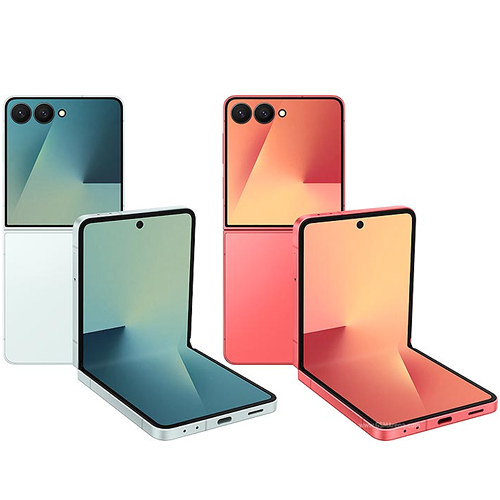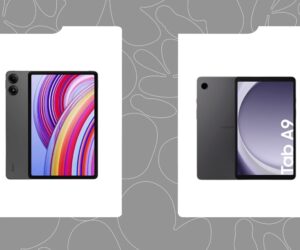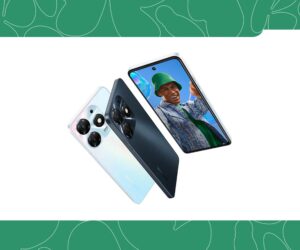When people talk about tech ecosystems, Apple usually dominates the conversation. Apple didn’t invent the ecosystem. It only perfected the art of making devices that never want you to leave.
The iPhone flows into the MacBook, which pings your Apple Watch, which gets you to stand up and close your rings, and your AirPods can whisper reminders in your ear. Smooth, seamless, seductive and maybe a little claustrophobic.
The truth is, Apple isn’t the only brand with a complete ecosystem of devices and services. Samsung has turned your phone into a desktop PC. Google wants its AI to follow you from your wrist to your fridge. Microsoft has built a bridge between Excel spreadsheets and Xbox controllers. Even Huawei, Amazon, and Xiaomi are quietly building their own closed loops of hardware, software, and services.
If you’re searching for Apple ecosystem alternatives, here’s a closer look at the brands building equally connected worlds, and what their devices actually do.
Why Ecosystems Matter in Tech
A tech ecosystem is a collection of devices, apps, and services designed to work together. Instead of managing each gadget separately, your phone, watch, laptop, TV, and even home appliances interact as one.
Why it matters:
-
Continuity: Start a task on one device and finish it on another.
-
Unified experience: Same apps, same files, same settings everywhere.
-
Smart homes: Lights, speakers, and security systems controlled from one hub.
-
Time-saving convenience: Less switching, more flow.
For many people, ecosystems are the difference between gadgets that simply work, and gadgets that work together. So who’s doing it best? And what do you get (or give up) when you buy into each one?
1. The Samsung Galaxy Ecosystem
Samsung has one of the most complete ecosystems in the Android world. Its strength is the variety of products that cover nearly every category. From the Galaxy S series to foldables like the Z Fold and Z Flip, these are the centre of the ecosystem.
The Samsung Galaxy Z Flip 7 (12GB + 256GB) is a stylish foldable with a 6.85-inch 120Hz AMOLED main screen and a 4-inch cover display for quick access. It packs a 50MP + 12MP dual rear camera, Snapdragon 8 Elite chip, 12GB RAM, 256GB storage, and a 4,174mAh battery with fast and wireless charging, delivering power, flexibility, and portability in one device.
-
Galaxy Book laptops: Windows-powered laptops that sync with your phone for notifications, calls, and file transfers.
-
Galaxy Watch: Tracks health, workouts, and integrates with Samsung Health.
-
Galaxy Buds: Wireless earbuds that switch automatically between your phone, tablet, and laptop.
-
SmartThings: Samsung’s smart home platform that links lights, TVs, fridges, and even washing machines.
Special features like Samsung DeX (turns your phone into a PC) and Quick Share (easy file sharing) give the Galaxy ecosystem a level of flexibility Apple doesn’t match.
2. The Google Ecosystem
Google builds its ecosystem around software and artificial intelligence.
-
Pixel Phones: Android devices with exceptional cameras and AI-driven features like call screening and photo editing.
-
Pixel Watch: Tracks health and works tightly with Google Fit and Fitbit services.
The Google Pixel Watch 2 (41mm, Stainless Steel, WiFi/BT) combines sleek design with advanced health and safety features. It offers 24-hour battery life, Fitbit-powered tracking (heart rate, ECG, stress, sleep), safety alerts like fall detection and SOS, runs on Wear OS 4, and integrates seamlessly with Android phones for notifications, Gmail, and Google apps.


)
)






